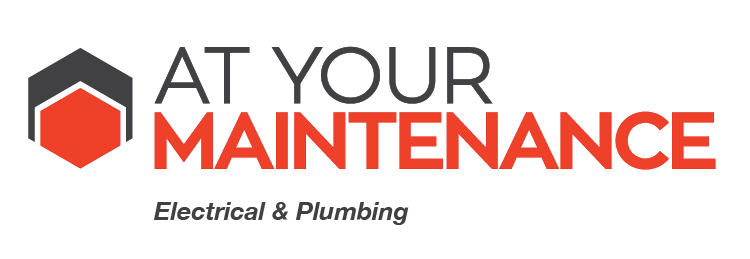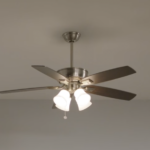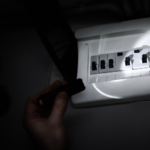
Here we will discuss everything you need to know about gas, electric and induction cooktops, including conduction type, purchase price, maintenance, noise level and appearance.
If you’re planning on updating your kitchen, you’re probably wondering which type of cooktop would be best for your needs.
We have listed the pros and cons of all three cooktops so that you can make the decision that is right for you.
What is a gas cooktop?

A gas cooktop is a stove that uses natural gas, propane, butane or other flammable gas as a fuel to heat using a flame. Gas stoves are a popular choice for many home cooks because they are typically very efficient and easy to use.
They have a more sturdy, industrial appearance, with the top typically being made from stainless steel, and layered with aluminium. Gas ranges will have the burner grates elevated over the countertop, as opposed to induction cooktops where the burners are flush with the surface.
What is an induction cooktop?
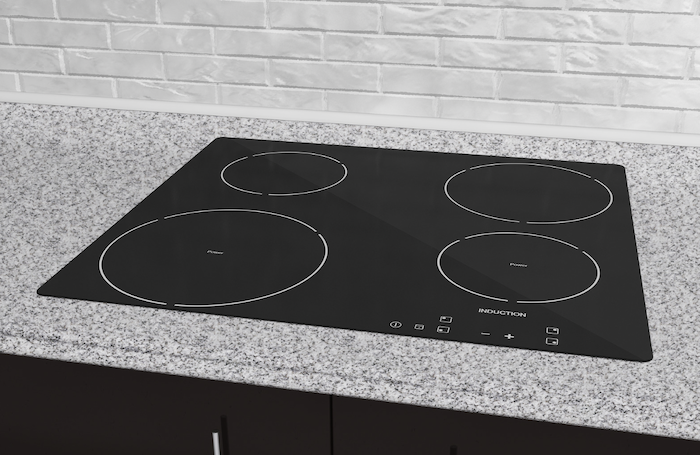
Induction cooktops are electric, but they work differently from other electric cooktops. They have internal copper coils that are used to create a magnetic current with the pot or pan.
Instead of passing heat from the surface of the stovetop to the cookware that then heats the food, induction cooktops heat the cookware directly. Induction ranges are becoming increasingly popular, especially because of their appearance and modern design.
They are available in glass and smooth top surfaces, and most models come with a ceramic stovetop. The defined circles on the stovetop indicate where you should place your pans.
What is an electric cooktop?
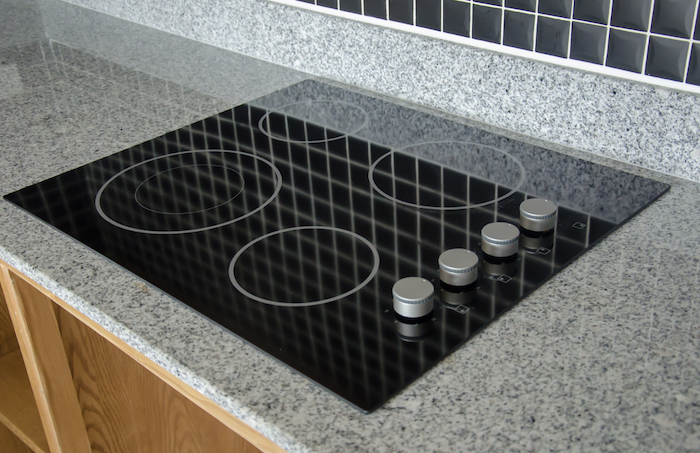
Electric cooktops use thermal conduction similar to a gas stove. The metal coils under an electric cooktop are heated by electric currents, and the stovetop will glow red as the coils heat it up. When cookware is placed on the hotplate, the heat is transferred to the pot or pan. This is very different from how an induction stove works, which needs the cookware to begin heating.
What are the differences between cooktops?
Induction Cooktops – Pros and Cons
Pros of an Induction Cooktop:
- Induction cooktops are much safer than gas and electric which makes them beneficial in households with young children
- As it is electric, there is no gas smell
- Has precise heating levels with some having a ‘power boost mode’ for boiling water
- Heats quickly and reduced cook time
- More energy efficient
- Doesn’t require a gas line
Cons for an Induction Cooktop:
- If one burner goes out, you have to replace the whole surface
- Glass surfaces can scratch or shatter if the pot is dragged or dropped on it
- Expensive to repair
- Not compatible with most cookware, only conductive cookware will work
- If the size of the pot base doesn’t match the hotplate then it won’t work.
- Residual heat from the pans makes it hard to adjust the temperature quickly.
- More expensive to buy than gas or electric cooktops
- If the power goes out you can’t cook
Gas Cooktops – Pros and Cons
Pros of a Gas Cooktop:
- Gas cooktops are able to achieve high heat much quicker than electric and turn off immediately.
- There is a visual gauge of temperature when looking at the flame as you adjust the heat.
- If the electricity goes out while you’re cooking dinner, a gas stove won’t be affected.
- With a gas cooktop, you are open to more choices in design finish, including glass, stainless steel, enamel or cast iron.
- Specialty burners for cooking with a wok and other cookware are also available if needed
- Gas cooktops by law need to have a safety feature built in so that if the flame goes out for any reason the gas immediately shuts off.
- They are simple to use
- Compatible with most cookware
- Quiet to use
- More durable than other cooktops
- Less costly to repair
Cons for a Gas:
- Bulkier appearance
- Harder to clean
- Needs a gas supply (costly if you need to install a gas line)
- Greater risk of a fire
- Can smell
- No safety locks for children
Electric Cooktops – Pros and Cons
Pros of an Electric Cooktop:
- Simple to use
- Reliable and does the job
- Easy and cheap to install
- The residual heat of the burner once switched off can be used to keep food warm
- Quiet to use
- Heats more slowly so great to cook food at low temperatures
- Easy to clean
Cons of an Electric Cooktop:
- Hotplates remain hot once turned off so can be unsafe for children
- If things are spilled on the hotplate it can cook on it or burn making it difficult to clean it.
- A cooktop is flat so it is harder to contain spills (they will run off the counter)
- Takes a while to heat up compared to induction and gas
- Sometimes it can heat pans unevenly
- Longer cook times
- If the power goes out you can’t cook
Which type of cooktop is the best?
The answer to this question is tricky because it really depends on what you are wanting in your kitchen. For a family on a budget that only needs a cooktop for basic cooking, an electric stove would be great.
An induction stove is for those that enjoy cooking and need more advanced settings or are looking for something safer for young kids.
A gas stove is probably the most versatile as it offers the best of both worlds. It is relatively cheap compared to an induction stove, heats quickly and cooks evenly.
Maintenance of gas, induction and electric cooktops
Cleaning of an Induction cooktop

The biggest advantage of owning an induction cooktop is how easy it is to clean. Most induction cooktops can be cleaned easily without requiring many products.
- To start with you will need to allow the cooktop to cool down to prevent any chance of burns. After each use, use a soft, damp cloth or sponge to wipe away any spills or food left on the glass surface.
- Then use a small amount of cooktop cleaner and a damp clean cloth to clean the glass.
- If it is really dirty or food has cooked into the hot plate, you can carefully use a scraper designed for cooktops to scrape the surface gently at a 45-degree angle, being cautious not to scratch it.
- Then you can use some white cleaning vinegar on a cloth to wipe away any watermarks.
- Followed by your cooktop cleaner.
If you prefer a more natural way of cleaning rather than the chemicals of the cooktop cleaner, you can use a baking soda and water solution 1:1 ratio in the paste and rub that on the cooktop. Let it sit for 20 mins, wipe clean and follow up with white vinegar on a damp cloth to disinfect and wipe clean again.
Note: never use any abrasive cleaning sponges or steel wool on an induction stove as it will damage and scratch the surface.
Cleaning of an Electric Cooktop

An electric stovetop can be cleaned the same way as an induction cooktop. Use the baking soda and vinegar method above or a glass cooktop cleaner and a soft sponge.
Cleaning of a Gas cooktop
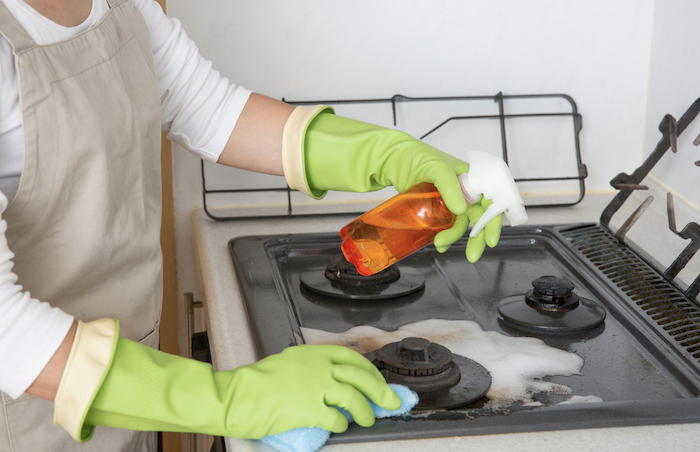
Gas cooktops have many advantages, the main disadvantage however is that it is much more time consuming to clean when compared to other cooktops on the market. With the grates, burners and dials all requiring careful cleaning, it can be a frustrating task.
- Allow the cooktop to cool
- Take the grates off the cooktop and wash them with warm water, dishwashing liquid and a cloth (if they are very dirty then you can use a stronger product such as bar keepers friend) then set aside to dry.
- Remove the gas burner covers and wipe with the soapy cloth or sponge used above. Rinse and allow to dry.
- Use the same sponge to wipe the rest of the gas cooktop down including the dials. Wipe clean with a damp cloth.
- Place the dried burner covers and grates back and you are all done.
Comparing the costs of cooktops in Australia
Induction units are the most expensive of the cooktops as they are much more specialised, costing on average between $800-$2500 AUD.
Gas cooktops are a little cheaper coming in at around $500-$1600 AUD.
And lastly, electric cooktops can be bought for around $400- $1500 AUD.
Comparison of Cost to run each cooktop
The cost of running each stove will be dependent on the brand of cooktop and how powerful it is.
Gas cooktops work out to be 36c – $1.3 AUD per hour and the cheapest to run out of the 3 cooktops.
An induction cooktop and electric work out similar per hour. Induction costs 53c-$2.95 AUD per hour ( it should be noted that induction hubs are known to heat food up faster and therefore will have a shorter usage time, meaning that it will end up more energy efficient.)
Electric cooktops cost 76c- $1.9 AUD per hour and work out the least cost effective.
Which cooktop is safer?
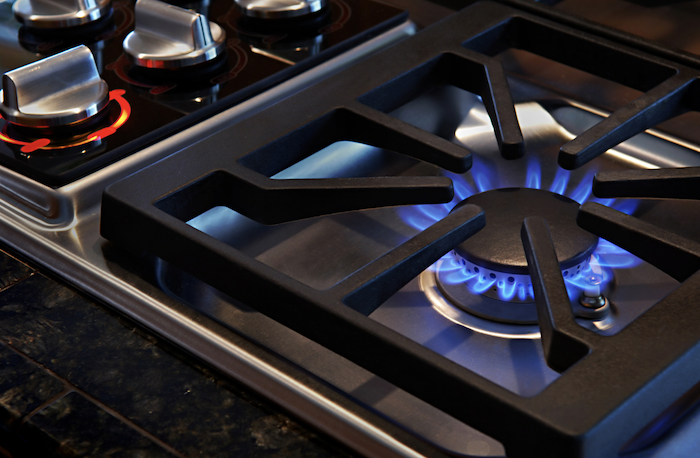
An induction cooktop is by far the safest. Most have a locking system available to make sure kids cannot turn it on unsupervised. The hot plates also do not heat up so when the pot is taken off there is no residual heat for kids to accidentally burn themselves on like in an electric stove.
Electric stoves have a locking system to prevent kids from turning on the hotplates.
Gas cooktops now have a legal requirement to switch off if the flame goes out or won’t light so there is no longer a risk with newer gas stoves to have gas leaking as it automatically switches off. Though they are still at risk of causing fires or being turned on by children.
We hope we could help with our in depth look at all the differences between a gas, electric and induction cooktop. If you need your existing cooktop looked at, serviced, fixed, or a new one installed, you know who to call. At Your Maintenance, Melbourne, Australia.

